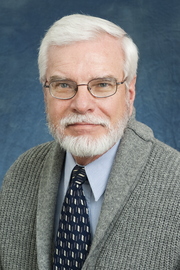
Cellular basis of muscle fatigue
Muscle fatigue results from changes in the intracellular milieu that cause both a decrease in calcium release from the sarcoplasmic reticulum (SR) and the force producing capabilities of the contractile proteins (CP) caused by reactive oxygen species. Under physiologic conditions, muscles become hypoxic during the course of fatiguing stimulation. When we mimic these physiologic hypoxic-fatiguing conditions, long term damage to the CP is greatest in EDL, least in soleus, and intermediate in diaphragm muscle. We found that hypoxic fatigue causes specific fragmentation of TnT in EDL but not in soleus. This TnT fragmentation is of three classes; one that appears to have no functional impact, one which may influence qualitative contractile properties, and one which may reflect quantitative loss of contractile units. EDL is made up of only fast-twitch fibers while soleus is made up of slow, fast, and mixed fibers. We believe the relative protection of soleus muscle from the damaging effects of hypoxic fatigue is due to the relatively small percentage of fast-twitch fibers in these control muscles.
We have found that damage to the functional properties of the CP of soleus, but not EDL, muscles in response to fatiguing stimulation is exacerbated by hind limb suspension (mimicking inactivity and characterized by fiber type-specific troponin isoform switching from slow to fast) and ameliorated by voluntary wheel running (a natural and self-regulated form of exercise) and in vivo treatment with free radical scavengers. Therefore, we are testing the following hypothesis: 1) long-lasting damage by hypoxic fatigue to the contractility of fast-twitch muscle fibers is due to proteolytic damage to TnT; 2) the level of activity (ranging from inactivity to routine vigorous exercise) of soleus muscle effectively influences the degree of long-term damage by hypoxic fatigue by shifting the fast/slow twitch fiber ratio.